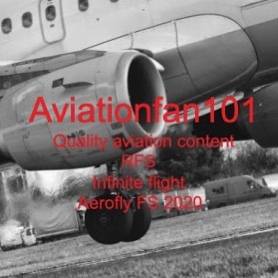Boom Supersonic completed several key milestones in aviation following the maiden flight of its XB-1 supersonic demonstrator. Launching from Mojave Air & Space Port, the jet climbed to an altitude of 7,120 feet and a speed of 238 knots, or the sort of golden moment of trying to resurrect commercial supersonic travel.
The XB-1 features a number of the advanced technologies that are expected to be integrated into Boom’s Overture supersonic airliner targeted for first flight in 2027. Other upgrades include the use of carbon fiber composites, modern avionics systems, advanced digital optimizing of aerodynamics, and an advanced propulsion system for supersonic speeds.
It’s a milestone with challenges, and recently, it was marked by the pulling out of Rolls-Royce from this Overture project. Although it initially began to examine the technical feasibility for Overture propulsion, Rolls-Royce decided against further participation because the commercial supersonic aviation market is not in line with its current priorities.
Not put off by Rolls-Royce’s departure, Boom revealed its own project, at the end of 2022, for an in-house engine called Symphony, aimed at powering the Overture, in cooperation with engine designers, an additive manufacturer and a turbine engine maintenance specialist.
The maiden flight by XB-1 marks the return of civil supersonic jets to flight for the first time in two decades since the Concorde retired. Boom Supersonic claims this sets the stage for Overture, a 64- to 80-seat supersonic airliner that will cruise at speeds of Mach 1.7. With a hope to get the Overture out in 2026 and certified by the end of the decade, Boom hopes to change high-speed flight.
Blake Scholl, founder and chief executive of Boom Supersonic called the moment a moment he’d been waiting for since starting the company back in 2014. He framed the flight of the XB-1 as a monumental step toward his eventual goal of supersonic flight for people around the world.
In addition, Boom emphasizes that it is economically and environmentally feasible to cross the standing challenges of the Concorde, given the technological developments in the last 50 years. Innovations include an augmented reality vision system and sophisticated computational fluid dynamics simulations among the features toward ensuring the feasibility of supersonic travel.
As the Overture approaches production, Boom Supersonic has also been growing its network of suppliers and claims 130 aircraft on order from leading airlines such as American Airlines, United Airlines, and Japan Airlines. This just underlines Boom’s commitment to bringing supersonic travel back into the world stage.


